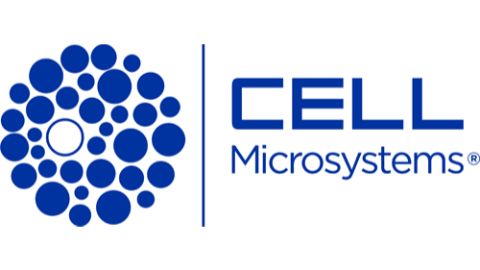Low Cost EIS Methodology to Characterize Microelectrode Arrays used in Biological Applications

Electrical Impedance Spectroscopy (EIS) is a valuable and widespread tool to measure properties of an electrode-electrolyte interface present in micro-arrays platforms for recording and stimulating biological tissues[1]. The electric contact between an electrode and a cellular aqueous medium has an impedance whose high values reduce signal to noise ratio and increase signal distortion. This is particularly relevant for microelectrodes due to their reduced dimensions, and having an EIS method available in every laboratory would be highly useful to design and characterize micro electrodes for bio-potential recording and stimulation[2].
Commercial EIS systems and alternative set-ups that often require an spectrum analyzer are expensive, limiting the electrochemical characterization. In this work, an EIS diagnostic method is presented based on the combination of a straightforward measurement of the time domain input-output voltage ratio, through a conventional oscilloscope, and the indirect analytical determination of the overall impedance in a user defined frequency range[3].
The method was validated by characterizing an array of silver-chloride micro electrodes soaked in biological medium, used to maintain in vitro cell cultures alive, and results are compared to a commercial EIS system.
Commercial EIS systems and alternative set-ups that often require an spectrum analyzer are expensive, limiting the electrochemical characterization. In this work, an EIS diagnostic method is presented based on the combination of a straightforward measurement of the time domain input-output voltage ratio, through a conventional oscilloscope, and the indirect analytical determination of the overall impedance in a user defined frequency range[3].
The method was validated by characterizing an array of silver-chloride micro electrodes soaked in biological medium, used to maintain in vitro cell cultures alive, and results are compared to a commercial EIS system.







